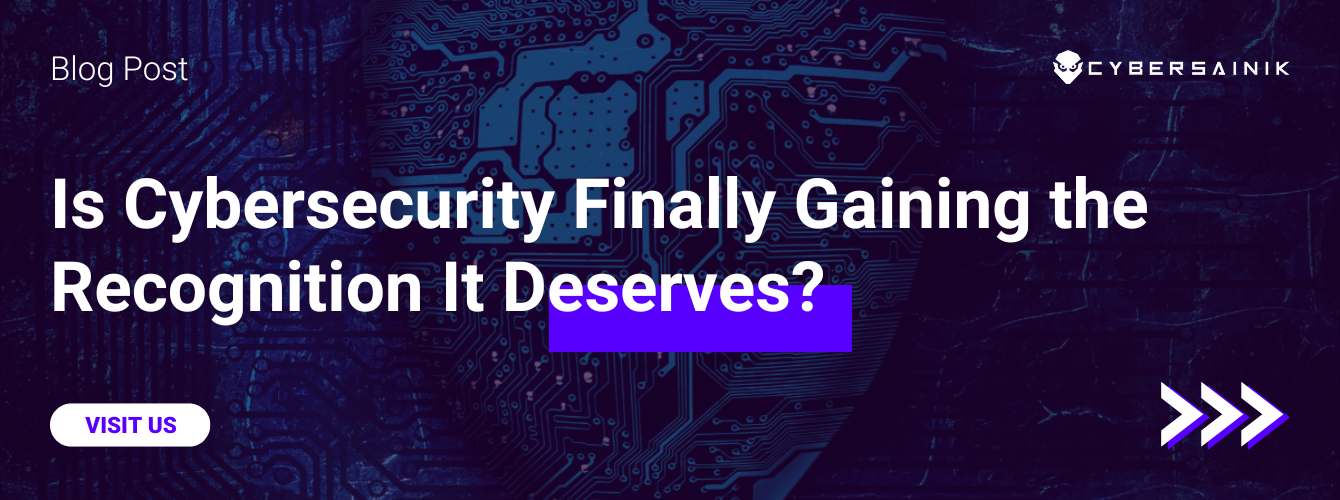In the digital age, cyber insurance has become a vital component for businesses of all sizes. It provides coverage against losses and liabilities resulting from cyberattacks, which have become increasingly prevalent. To select the right cyber insurance, businesses need to tailor the coverage to fit their specific needs. Factors such as company size, assets, customer data volume and sensitivity, and industry regulations play a pivotal role in determining the appropriate coverage.
The Complexity of Risk Analysis in Cyber Insurance
Risk analysis in cyber insurance is not straightforward. It involves several factors that go beyond the scope of this article and require detailed expertise and cybersecurity knowledge. Therefore, businesses should consult with professionals who can conduct a thorough risk assessment and recommend the best options.
Types of Cyber Insurance Coverage
There are three main types of cyber insurance coverage, which are often customized to the size, needs, and budget of the policyholder:
- First-Party Coverage: This covers the direct costs incurred by the policyholder from a cyberattack, such as data restoration, business interruption, crisis management, and extortion payments.
- Third-Party Coverage: This covers the legal costs and liabilities arising from third-party claims, such as customers, partners, and regulators affected by the cyberattack.
- Cybercrime Coverage: This covers losses from criminal activities such as theft, fraud, phishing, and social engineering.
Additionally, there are some specialized types of cyber insurance coverage that may be relevant for certain businesses or professionals, such as:
- Errors and Omissions (E&O): This is a type of professional liability insurance that covers the policyholder from negligent work or actions, such as errors, omissions, or misrepresentations, that may cause harm to a third party.
- Directors and Officers (D&O): This is a type of liability insurance that covers the personal assets of the directors and officers of a company, as well as the legal costs associated with their actions or decisions.
- Miscellaneous Professional Liability (MPL): This is a subset of E&O insurance that covers a variety of professional service providers, such as consultants, accountants, lawyers, and engineers.
Evaluating Cyber Insurance Policies: Good vs. Bad
When assessing cyber insurance policies, businesses should consider the cost-benefit ratio, ensuring that the premiums reflect the level of risk and coverage. They should also look for policies that offer added benefits, such as breach hotlines, expert networks, and cyber risk management services. Moreover, they should choose a reputable insurer with experience in cyber insurance and responsive customer support.
Essential Coverage Elements in Your Policy
A good cyber insurance policy should include the following elements:
- Coverage for data breaches and cyberattacks, including those caused by third parties or insiders.
- Global coverage is not limited to the U.S. or any other jurisdiction.
- Coverage for terrorist acts or acts of war may be excluded by some policies.
- Legal defense and coverage beyond other insurance policies, such as general liability or property insurance.
- 24/7 breach hotline, which provides immediate access to experts and resources in the event of a cyber incident.
Specifics of First-Party and Third-Party Coverage
First-Party Coverage should address the following aspects:
- Legal obligations regarding data breaches, such as complying with notification laws and regulations.
- Data recovery and replacement, which covers the costs of restoring or replacing lost or damaged data.
- Customer notification and support services, which cover the costs of informing and assisting the affected customers, such as providing credit monitoring or identity theft protection.
- Lost income and crisis management, which covers the loss of revenue and the expenses of managing the reputation and public relations of the business.
- Cyber extortion, fraud, and forensic services cover the costs of responding to and investigating cyber threats, such as ransomware or phishing.
Third-party coverage should include the following aspects:
- Compensation to affected consumers, which covers the damages or settlements awarded to the customers who suffered harm or loss due to the cyberattack.
- Legal expenses related to disputes or lawsuits cover the costs of defending or resolving legal claims from the affected parties, such as customers, partners, or regulators.
- Losses from defamation, copyright, or trademark infringement, which covers the costs of defending or resolving intellectual property disputes arising from the cyberattack.
- Regulatory inquiry response costs cover the costs of cooperating with or responding to inquiries or investigations from regulatory authorities, such as the Federal Trade Commission (FTC) or the Securities and Exchange Commission (SEC).
Summary
In summary, selecting the right cyber insurance policy involves understanding the specific business needs, comprehending the different types of coverage, and evaluating the insurer’s reputation and services. Businesses must prioritize comprehensive coverage to safeguard against the evolving risks in the cyber landscape.




